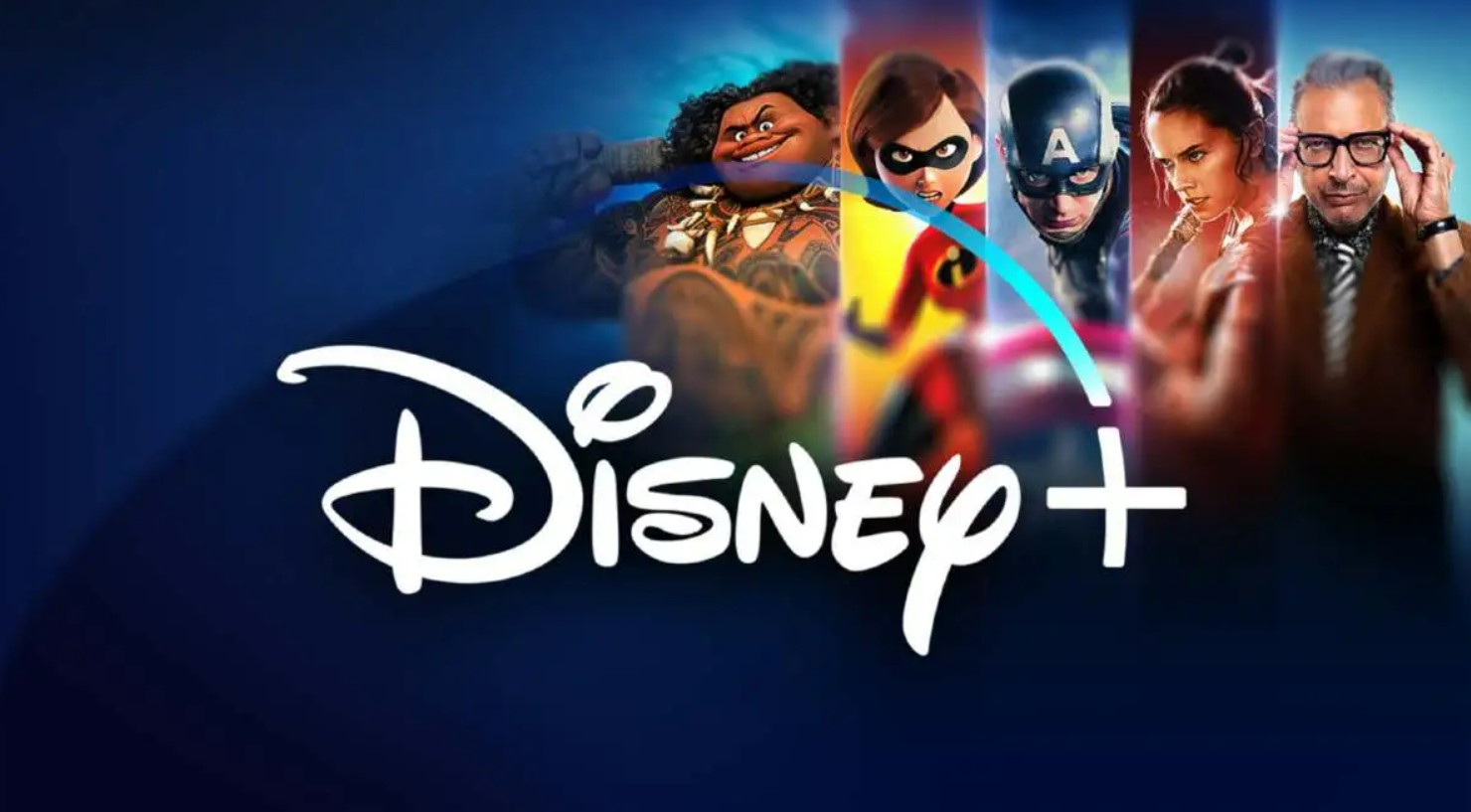Customer Experience in 2023
In today's digital age, customer experience is increasingly important. Consumers have more choices and can easily share their experiences online....
The essence of the Disney experience:
Walt Disney, a name synonymous with magic, imagination, and unparalleled customer experience. It all began in a small animation studio in the 1920s and has now become a diversified multinational conglomerate that has successfully infiltrated various categories of the entertainment industry. Behind this phenomenal success lies 'The Disney Model': a meticulous strategy that focuses on every detail of the customer experience.
The Walt Disney Company was born out of the creativity and innovation of Walt and Roy Disney in 1923. Their journey started with a short film called "Alice's Wonderland," which marked the beginning of Disney Brothers Studio. However, their success skyrocketed when a mouse named Mickey danced his way onto the big screen in "Steamboat Willie" in 1928. Mickey Mouse became a cultural icon, paving the way for a plethora of unforgettable characters and a unique brand identity that people came to love.

Disney also revolutionized the animation industry by introducing the first full-length animated film, "Snow White and the Seven Dwarfs," in 1937. The gamble paid off and marked the advent of the Golden Age of Animation. The following years saw a series of box office hits, including "Cinderella," "Peter Pan," "The Jungle Book," and many more, each raising the bar for the animation industry.
Expansion into other industries:
Recognizing the potential for diversification, Disney began its foray into other industries. In 1955, Disneyland, the first of its kind, opened its doors in Anaheim, California, forever changing the theme park landscape. This was followed by the opening of Disney World in Orlando, Florida, in 1971, further solidifying Disney's position in the theme park industry. In addition to theme parks, Disney ventured into broadcasting with the launch of the American Broadcasting Company (ABC) and the creation of various cable channels like Disney Channel, ESPN, and more. The acquisitions of Marvel Entertainment, Lucasfilm, and 21st Century Fox significantly expanded Disney's film and television portfolio, while the launch of Disney+ in 2019 strengthened its presence in the booming streaming industry.
The Disney Model: A masterclass in customer experience:
At the core of Disney's success is an unwavering commitment to exceptional customer service. This approach, popularly known as "The Disney Model," has been the cornerstone of their operations. It is a holistic methodology that prioritizes every aspect of customer interaction, considering even the tiniest detail. Disney goes the extra mile to exceed expectations, not just providing services or products but creating memorable experiences. From the moment you enter a Disney park, you are immersed in a world where every interaction, sight, and sound is carefully selected to contribute to your journey.
This magic is the result of meticulous planning and attention to detail. The streets are always clean, cast members always have the right attitude and script to attend to customers, and services are perfectly synchronized. For example, observe how the queues for rides have interactive elements and themes to entertain visitors, turning potential downtime into part of the Disney experience. Additionally, Disney invests in continuous training for its employees, equipping them to deliver this exceptional customer service. They are not just staff; they are "cast members" and play a vital role in Disney's magical show.
Disney also leverages storytelling in the customer experience. Whether it's a movie, a ride, or a hotel room, everything tells a story and generates an emotional connection, making the experience more than just a transaction – it's a memorable experience.
Here are some key strategies Disney employs to ensure their customers' experiences are magical:
Immersive storytelling: Disney harnesses the power of storytelling to engage its customers. From the moment customers enter a Disney park or interact with any Disney product, they are immersed in a narrative. Whether it's a princess castle, a pirate ship, or an alien world, customers are invited to become part of the story, enhancing their overall experience.
Attention to detail: From the design of theme parks to the production of movies, meticulous attention to detail is a hallmark of Disney. This extends to their customer service, where every interaction is carefully designed to exceed customer expectations.
Highly trained employees: Disney's "cast members" are integral to the Disney experience. All employees undergo rigorous training to ensure they not only maintain Disney's high service standards but also embody their character at all times to uphold the magic of the Disney experience.
Anticipating customer needs: Disney strives to anticipate and meet customer needs even before they arise. For example, they utilize an advanced FastPass system in their theme parks to minimize wait times for attractions.
Personalized experiences: Disney uses data to personalize customer experiences. This includes personalized recommendations on their Disney+ streaming platform, customized meal suggestions in their parks, and even personalized greetings from favorite Disney characters.

Integration of technology for convenience: From the MagicBand system serving as a park ticket, hotel room key, and payment method to their user-friendly app providing real-time updates on park attractions, Disney leverages technology to optimize the customer experience and add convenience.
Maintaining consistency: Disney ensures that no matter where customers interact with their brand, whether it's a theme park, a movie, a store, or an online platform, the level of service and the essence of the Disney experience remain consistent.
Effective service recovery: Disney understands that things can go wrong, but it's how they handle these situations that sets them apart. They train their employees to promptly rectify any issues and turn a potentially negative experience into a positive one.
Exceeding expectations: Disney not only seeks to satisfy their customers but aims to delight them. This can be seen in all aspects of their service, from small gestures like free buttons to celebrate special occasions to grand fireworks shows illuminating the night sky.
Each of these strategies contributes to Disney's exceptional customer experience, reinforcing their position as a global leader in the entertainment industry.
For The Walt Disney Company, a name that has brought joy to the hearts of millions worldwide, navigating the labyrinth of diverse audience preferences has recently sparked unprecedented controversy in Florida. Known for their unwavering commitment to providing magical experiences and unparalleled customer service, Disney has inadvertently walked a tightrope between maintaining the essence of their brand and being popular with all their consumers, a task that initially sounds nearly impossible.
Disney's success lies in its ability to attract a wide range of audience segments. From young children enchanted by animated princesses to adults who enjoy nostalgic classics, Disney's content choices cater to a variety of tastes. However, this broad reach also poses a significant challenge: How can a single brand voice resonate with such diverse segments without offending any of them?

The company possesses a solid portfolio of platforms, including Hulu, ESPN, ABC, among others, catering to different audience segments. However, Disney has often chosen to communicate key positions and initiatives under the holding of its main brand, Disney. This approach of centralizing communication under a single brand has triggered issues, especially when it comes to delicate social and political matters, as recently evidenced in the state of Florida. In terms of the cinematic realm, Disney has brought many of its social stances to the big screen, for better or worse, experiencing several consecutive setbacks at the box office while their competitor Universal Studios breaks records with movies like Mario Bros. This response has been interpreted by consumers as a direct message to Disney.
Disney's operations in Florida are crucial to its global success, and Disney World is an iconic offering. However, it recently found itself on shaky ground with the Florida governor due to its stance on a politically charged issue. In its eagerness to promote equity and equality, values that undoubtedly enrich any corporate culture, Disney became entangled in political discourse, which generated strong friction with the local government. The company has always championed values such as diversity and inclusion, but the Florida episode has highlighted a critical question: How far should corporations venture into social activism?
Balancing the thin line between defending corporate values and engaging in open political discourse can be daunting. In Disney's case, their involvement in political issues within a state where they enjoy specific operational privileges has been controversial. Despite the noble intentions behind promoting social values, the repercussions of their recent actions have underscored the potential dangers of mixing business with politics.
This recent controversy serves as a crucial learning curve for Disney and other corporations with diverse customer segments. While promoting social values is admirable, companies must be astute in balancing their social strategy with their corporate mission. One possible solution for companies like Disney is to leverage their portfolio of platforms for segmented communication strategies. For example, topics that align more with an adult audience could be communicated through Hulu, while family-oriented topics resonating with Disney's traditional audience may be more suitable for the main Disney platform or Disney+.
Strategies to Maintain the Customer Experience Intact:
Define Your Buyer Personas: This is one of the most underestimated actions in businesses. Defining buyer personas is where many of a brand's strategies are set, such as a brand like Disney should define all types of segments that are of interest and then analyze how to communicate with those segments, through which channels, and what content.
A company like Disney should separate its content across ABC, Hulu, ESPN, FX, and FOX and not concentrate everything under the Disney brand. Sensitive social issues could be addressed on platforms like Hulu, thus avoiding the direct involvement of the Disney brand.
Customer Segmentation: Segment the customer base based on demographics, psychographics, and behavior to tailor experiences and communications to specific groups. Understand the different needs and desires of different segments.
Hyper-personalization of Content: Leverage data and analysis to deliver personalized content to each buyer. Create individualized experiences by offering personalized recommendations, exclusive offers, and customized communications based on their preferences and tastes.
Redefine Your Value Proposition and Business Model: It's no secret that we live in a different and ever-evolving world in many aspects. In recent years, corporations have become more involved in environmental, social, and cultural issues. However, there is a line that must separate corporate responsibility from corporate activism. A company can have great corporate responsibility and provide donations to many institutions. Others, like Disney, have fully embraced activism. Either approach may be right for your company as long as your value proposition and business model have been defined accordingly; otherwise, it will create confusion among shareholders, employees, and customers.
Ensure the Best Experience in All Processes: One of Disney's "secret recipes" is its methodology and the "Disney model." The Imagineering department is responsible for overseeing the smallest details in the immersive Disney experience. It's essentially a checklist that every idea and project must meet, defining and reviewing processes for each customer touchpoint.
Technological Innovation: Walt Disney was always a visionary in his ideas. Even in the 1970s, his vision for transportation with the monorail or the inclusion of animatronics in children's amusement park attractions was ahead of its time. Nowadays, technology used in theme parks continues to advance. From animatronics capable of jumping while dressed as Spiderman to incredibly realistic versions of animated characters, everything is done to continue capturing the interest of customers. This is the same formula for success for most companies: innovating with new technologies and processes that help us become more competitive and remain attractive to our customers.
It's essential to recognize that the customer experience is a fundamental aspect in any industry, and Disney is no exception. The company has built its success based on magic, imagination, and customer satisfaction. However, like any business, there is always room for improvement and adaptation to the changing demands of consumers.
The key lies in learning from past mistakes, maintaining an open mindset for innovation, and keeping the focus on the magical experience that has defined the company over the years. By doing so, Disney can continue to be a leader in the entertainment industry, maintaining the loyalty of its followers while attracting new generations of customers.

In today's digital age, customer experience is increasingly important. Consumers have more choices and can easily share their experiences online....

Today, consumers expect much more than just products and services: they are looking for a unique experience that makes them feel that they are...

1 min read
As a general concept, customer experience refers to the opinions and/or perceptions a customer has about a brand or company based on one or multiple...